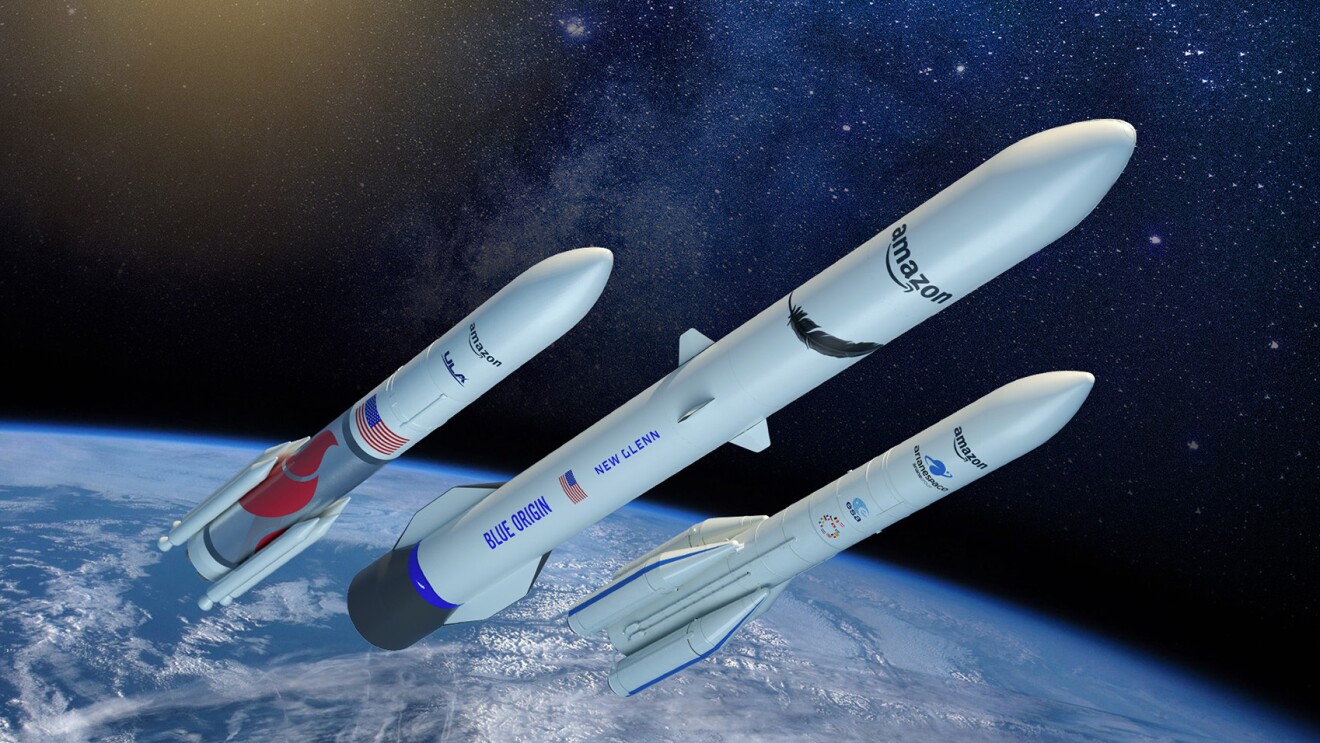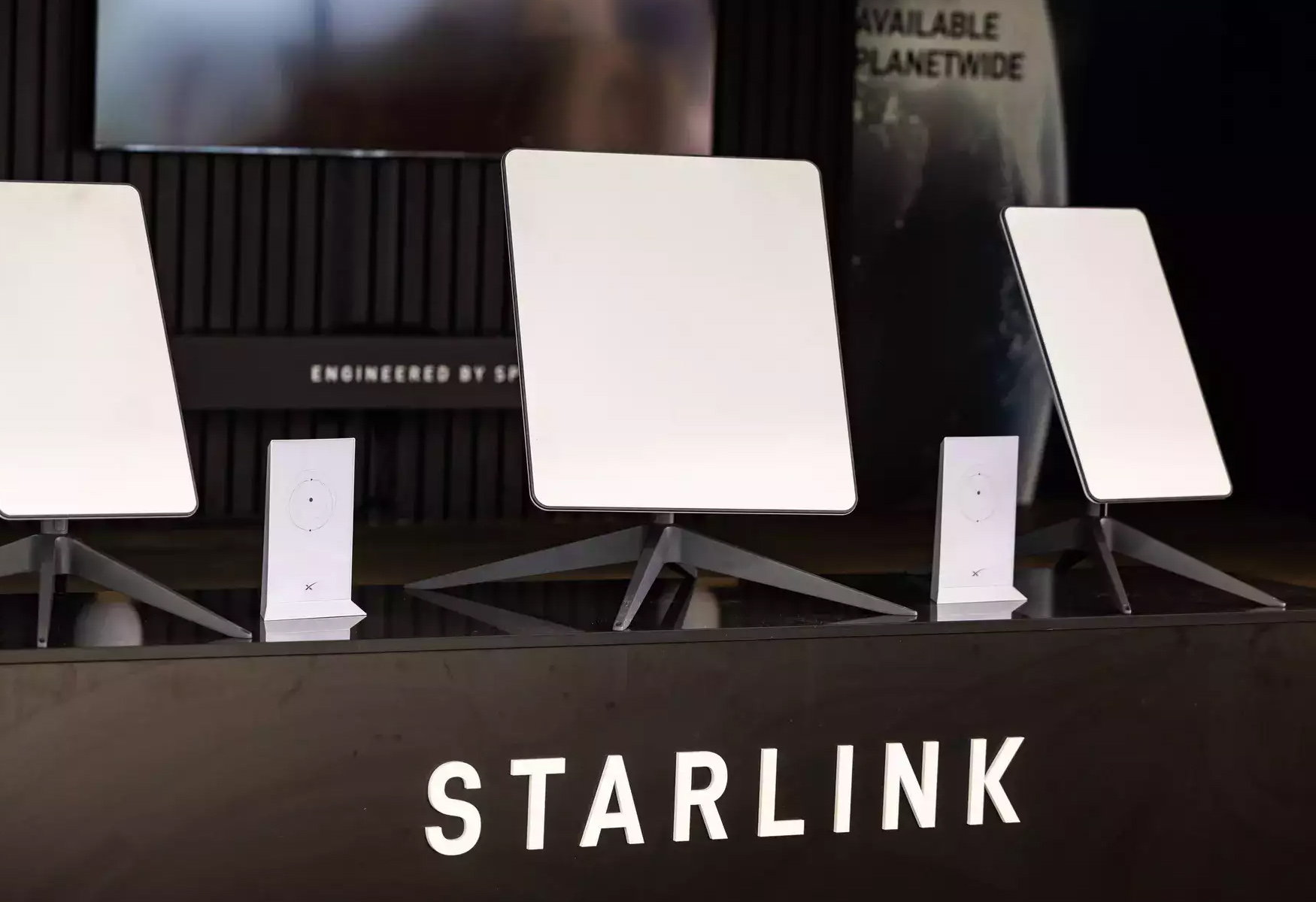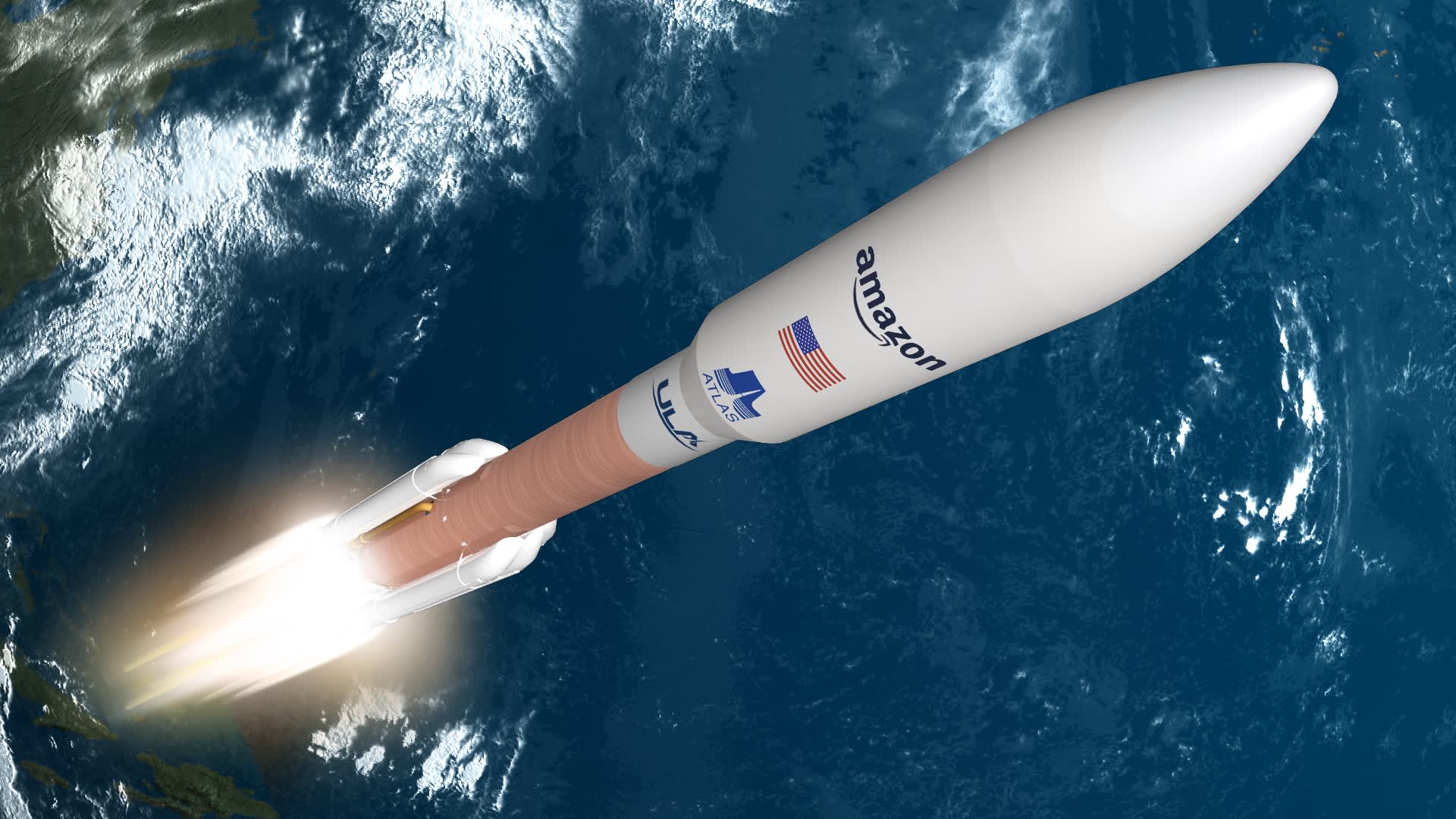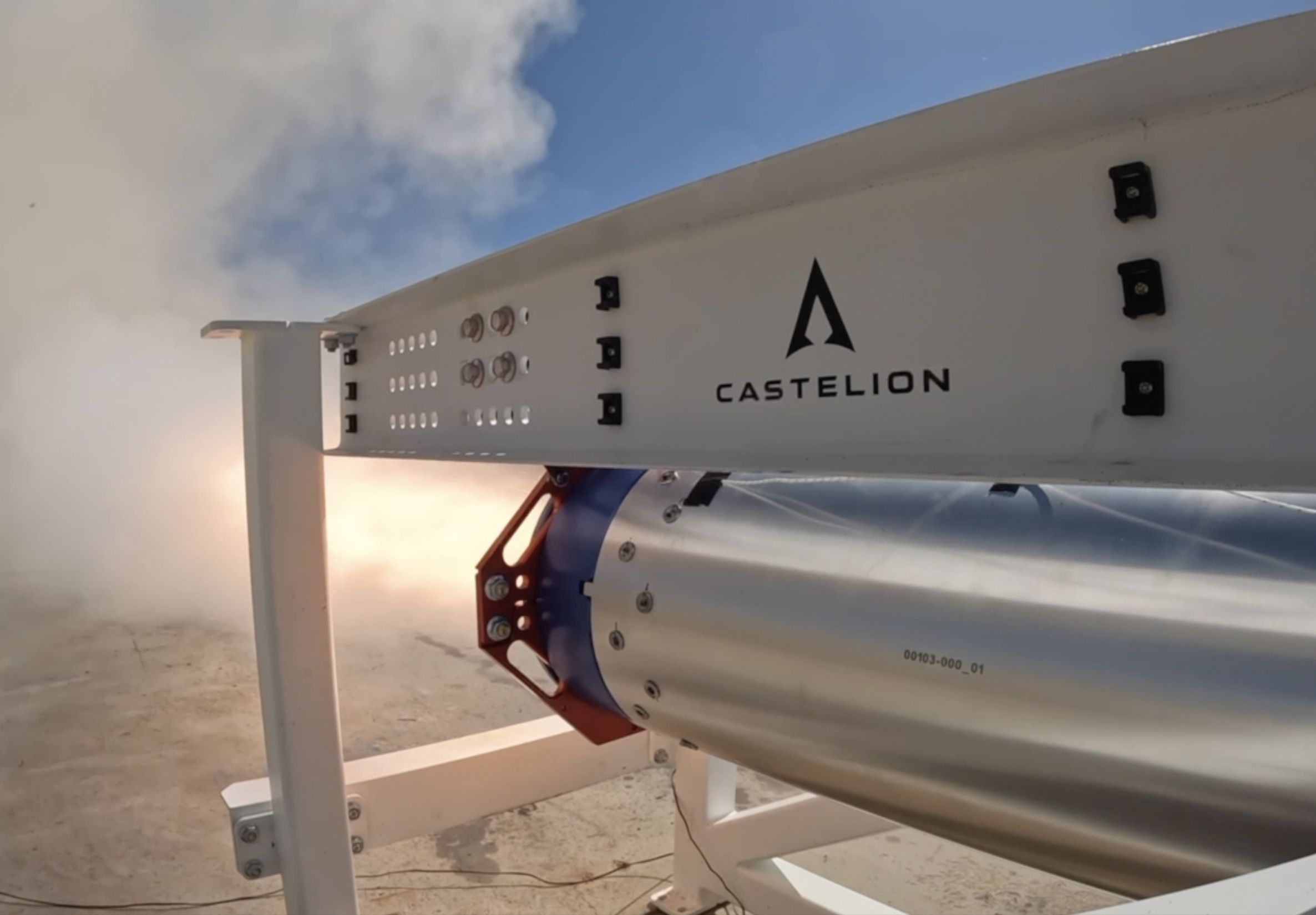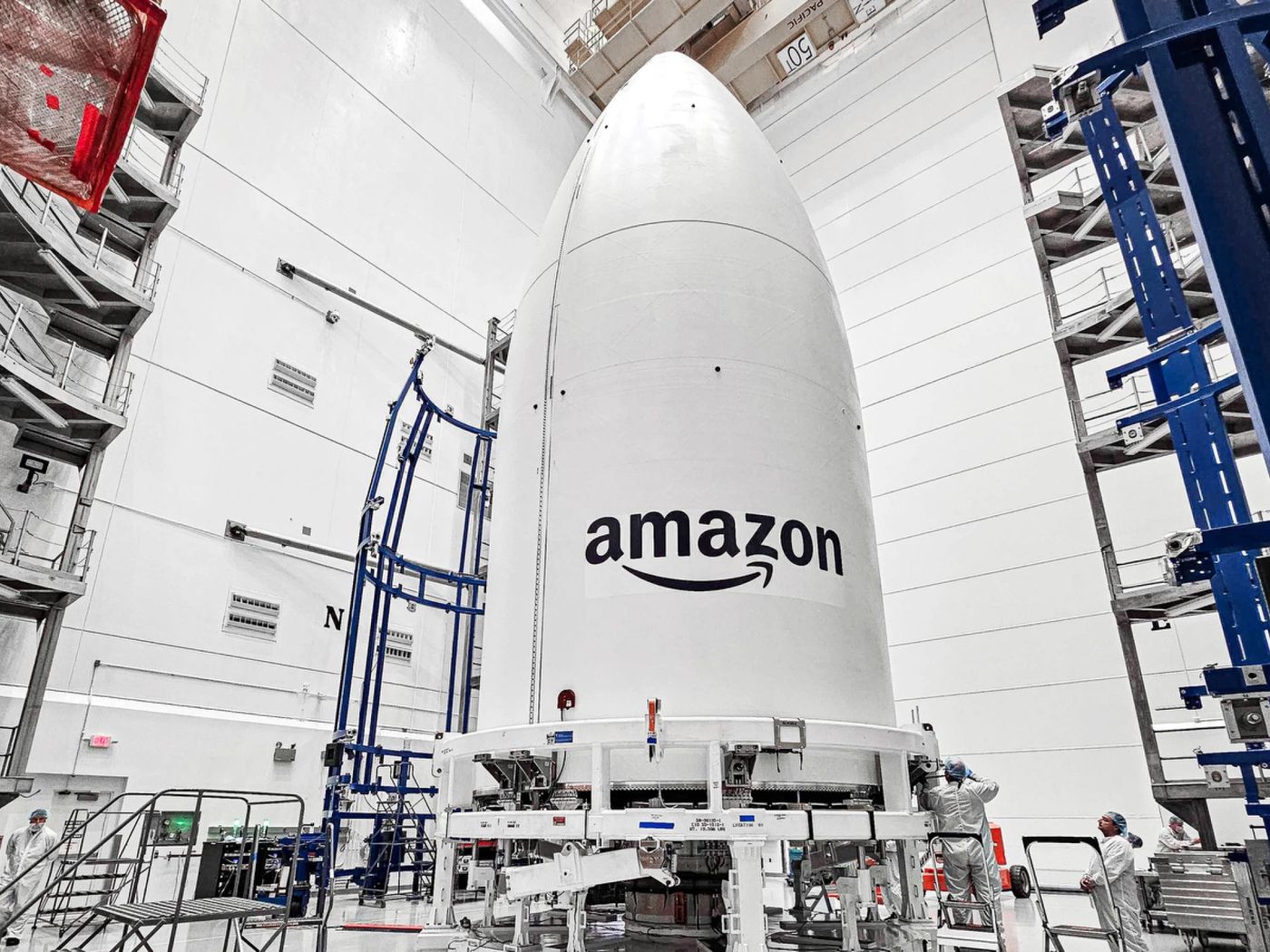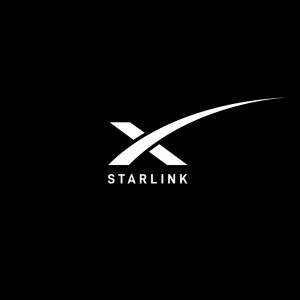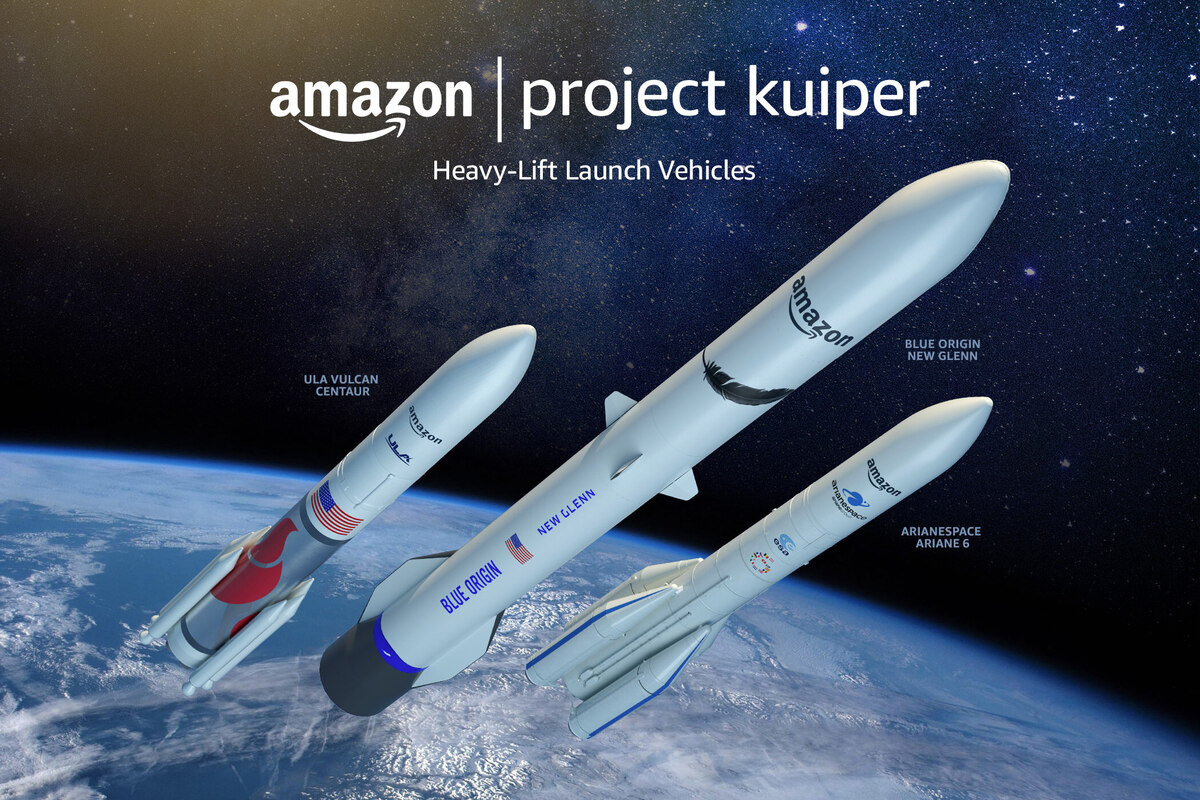Amazon’s Project Kuiper has achieved a significant milestone by successfully validating a crucial technology that promises to enhance the speed and efficiency of its satellite internet service. The company announced on Thursday that its innovative “optical inter-satellite links” (OISL) have demonstrated remarkable capabilities in space.
Key Takeaway
Amazon’s Project Kuiper has achieved a breakthrough in satellite communication technology with the successful validation of its advanced “optical inter-satellite links” (OISL). This milestone paves the way for a future mesh network in space, promising enhanced speed and efficiency for the company’s satellite internet service.
Revolutionizing Satellite Communication
The OISL technology, utilizing infrared lasers for data transmission between spacecraft in orbit, has long been instrumental in inter-satellite communications. However, previous versions were limited to connecting only two satellites at a time. In contrast, Kuiper’s satellites will have the ability to establish connections with numerous other spacecraft simultaneously, forming a sophisticated mesh network in space.
This mesh capability is a game-changer, as it enables Kuiper to transfer data approximately 30% faster than terrestrial fiber optical cables covering an equivalent distance.
Overcoming Technological Challenges
Implementing advanced OISL presented Amazon with various challenges. The lasers needed to maintain a narrow and highly precise beam to facilitate communication over distances of up to 1,616 miles, while the spacecraft are hurtling through space at speeds of up to 15,534 miles per hour. Amazon asserts that its cutting-edge optics and control system have successfully surmounted these obstacles.
Impressive Test Results
Following the launch of prototypes in October, Amazon conducted multiple demonstrations of its OISL technology. The tests showcased the satellites maintaining 100 gigabits per second links over a distance exceeding 620 miles. These successful tests validate the final component of Project Kuiper’s advanced communications architecture, ensuring the operational readiness of OISLs on the company’s first production satellites, scheduled for launch in the first half of 2024.
Future Prospects
Amazon has confirmed that it has validated all systems and subsystems on the two prototype satellites. The company anticipates deploying enough satellites to commence early customer trials in the latter half of 2024. The complete constellation, comprising 3,236 satellites in low Earth orbit, must be launched by July 2029 as per the company’s license with the U.S. Federal Communications Commission.







